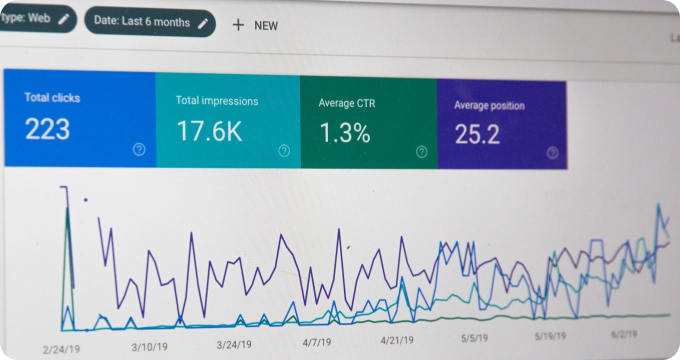How to Budget Effectively for Evidence Management Software
- February 01, 2024
- 2 minutes
Evidence management software is an indispensable tool for law enforcement agencies, law firms, and corporations in managing their evidence lifecycle. It is a secure, efficient and reliable system for storing, categorizing, and tracking physical as well as digital pieces of evidence. A proper budget must be allocated for this crucial technology to ensure it helps deliver justice in a timely and accurate manner. In this article, we will delve into the steps to effective budgeting for such a vital tool.
The first step in the budgeting process is understanding the basic requirements. These can be defined by the needs of the user, the complexity of the cases to be managed, the size of the organization, and the legal jurisdiction in which the entity operates. It is also imperative to consider the future needs of the organization in order to ensure the software is scalable and adaptable to changing demands.
Having identified the needs, the next step is to research the various options available in the market. These can range from cloud-based systems to in-house server installations. Each option carries its own set of advantages and costs. For instance, cloud-based systems have lower upfront costs but higher recurring fees. Conversely, in-house server installations have higher upfront costs but lower recurring fees. Additionally, in-house servers require IT support which may not be necessary with cloud-based systems.
Once the options have been evaluated, the next step is to calculate the total cost of ownership (TCO). This is a financial estimate that includes all direct and indirect costs associated with the software over its lifespan. It includes purchase price, installation costs, training costs, maintenance costs, and any costs associated with upgrades or replacements. It is crucial to calculate the TCO as it provides a more accurate representation of the software's long-term costs.
The next step is to identify potential sources of funding. This can be from internal budgets or external grants. Additionally, organizations can consider public-private partnerships or leasing options. It is important to explore all avenues of funding to ensure the purchase does not strain the organization's resources.
Finally, the budget should be reviewed regularly to ensure it is keeping pace with technological advancements and organizational needs. This involves monitoring the performance of the software, seeking feedback from users, and staying updated about new features and updates. In addition, it is crucial to regularly assess the financial health of the organization to ensure the budget remains realistic and sustainable.
In sum, budgeting for evidence management software involves a systematic process of understanding requirements, researching options, calculating the TCO, identifying funding sources, and reviewing the budget. It requires a deep understanding of the organization's needs, the features and costs of different software options, and the financial capabilities of the organization. With thoughtful planning and regular review, organizations can make the most of their investment in evidence management software.
At its core, the budgeting process underscores the importance of evidence management software in ensuring justice is delivered in a timely, accurate, and efficient manner. It is a testament to the evolving nature of legal proceedings and the increasing reliance on technology in the pursuit of justice. As such, it is crucial for organizations to allocate adequate resources to procure and maintain this vital tool.
Learn More
Unleash the power of efficiency and accuracy in your operations by diving deeper into our enlightening blog posts on evidence management software. For an unbiased, comprehensive view, the reader is encouraged to explore our meticulously compiled rankings of Top Evidence Management Software.
Popular Posts
-
 6 Compelling Reasons Why Your Law Enforcement Agency Needs Evidence Management Software
6 Compelling Reasons Why Your Law Enforcement Agency Needs Evidence Management Software
-
 The Future of Evidence Management Software: Predictions and Emerging Trends
The Future of Evidence Management Software: Predictions and Emerging Trends
-
 Ask These Questions to a Software Vendor to Choose the Right Evidence Management System for You
Ask These Questions to a Software Vendor to Choose the Right Evidence Management System for You
-
 10 Essential Questions to Ask Your Evidence Management Software Provider
10 Essential Questions to Ask Your Evidence Management Software Provider
-
 7 Things I Wish I'd Known About Evidence Management Software Before Implementing It
7 Things I Wish I'd Known About Evidence Management Software Before Implementing It






